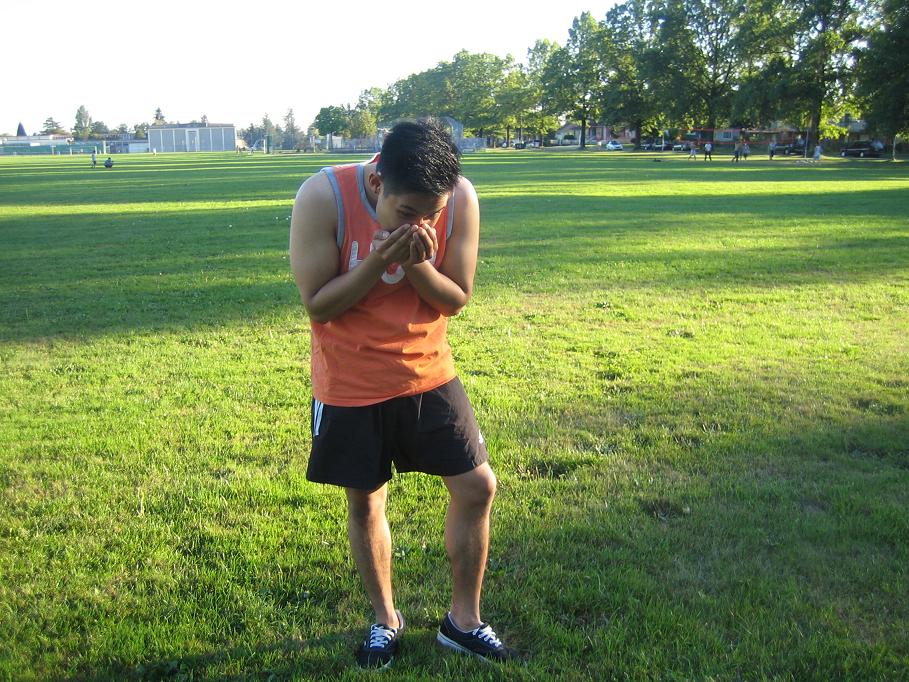A mandibular fracture is a common form of facial fracture. The mandible or jawbone is exposed and not protected, thus it is prone to injuries.
Indications of a mandibular fracture
The mandible is usually damaged in several areas and happens on opposing sides of the middle part of the jaw. Remember that these breaks can be either displaced or non-displaced.
The usual indications of a mandibular fracture include the following:
- Evident deformity
- Oral bleeding
- Malocclusion (misaligned teeth when jaw is closed)
- Speech changes
A mandibular fracture is typically brought about by a direct blow to the lower jaw while playing sports such as baseball or hockey. - Swelling
- Paresthesia of the lower chin and lip
- Tears on the mucous membranes
- Bruising on the floor of the mouth
If an individual is suspected with a non-displaced fracture, it includes the following indications:
- Oral bleeding that oozes in between the teeth
- Discoloration
- Swelling
- Point tenderness over the site of the fracture
- Pain when opening or closing the jaw
Who are at risk?
A mandibular fracture is typically brought about by a direct blow to the lower jaw while playing sports such as baseball or hockey.
Mountain biking is also a sport that has a high risk for facial injuries. This form of injury occurs once the individual goes over the handle bars and falls directly onto the lower chin or jaw upon striking a hard surface.
Fighting or contact sports in which direct blows are delivered also have high incidence for mandibular fractures.
Immediate care for a mandibular fracture
If an individual is suspected with a mandibular fracture, emergency treatment is required. The initial treatment is aimed on keeping the airway open while the individual is in a seated position with his/her hands supporting the lower jaw. This position allows the blood to flow forward and out of the mouth instead of back into the throat.
Since the amount of force required to damage the mandible is usually great, care must be observed to assess the individual for a possible concussion or even brain injury.
More Information / Disclaimer
The information posted on this page on a mandibular fracture is for learning purposes only. Learn to recognize and manage fractures including a mandibular fracture by taking a standard first aid course with Toronto First Aid.


